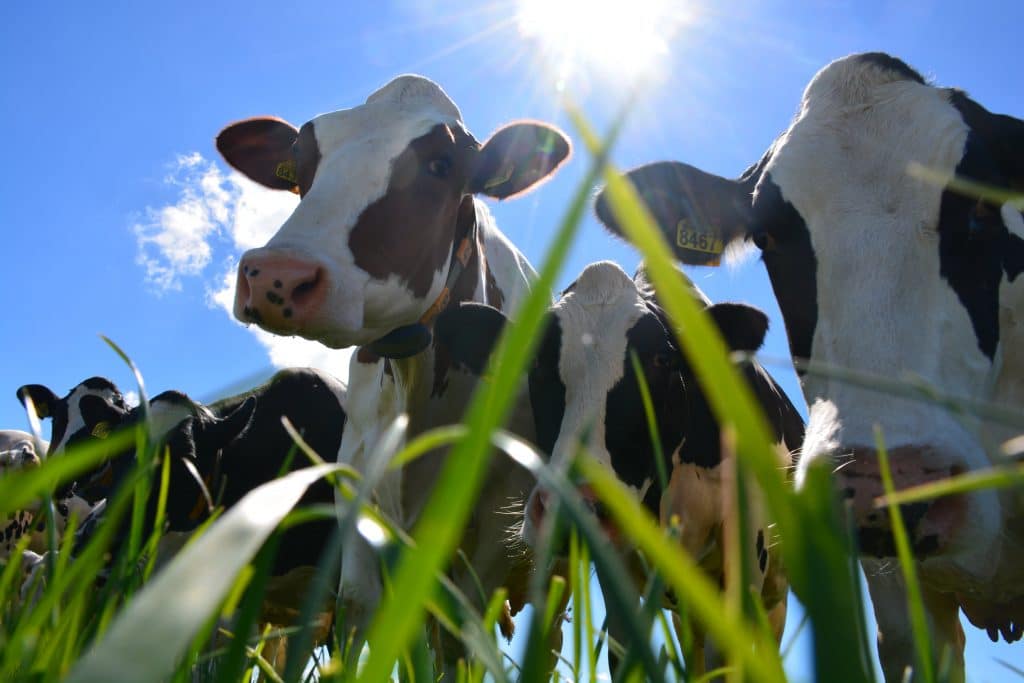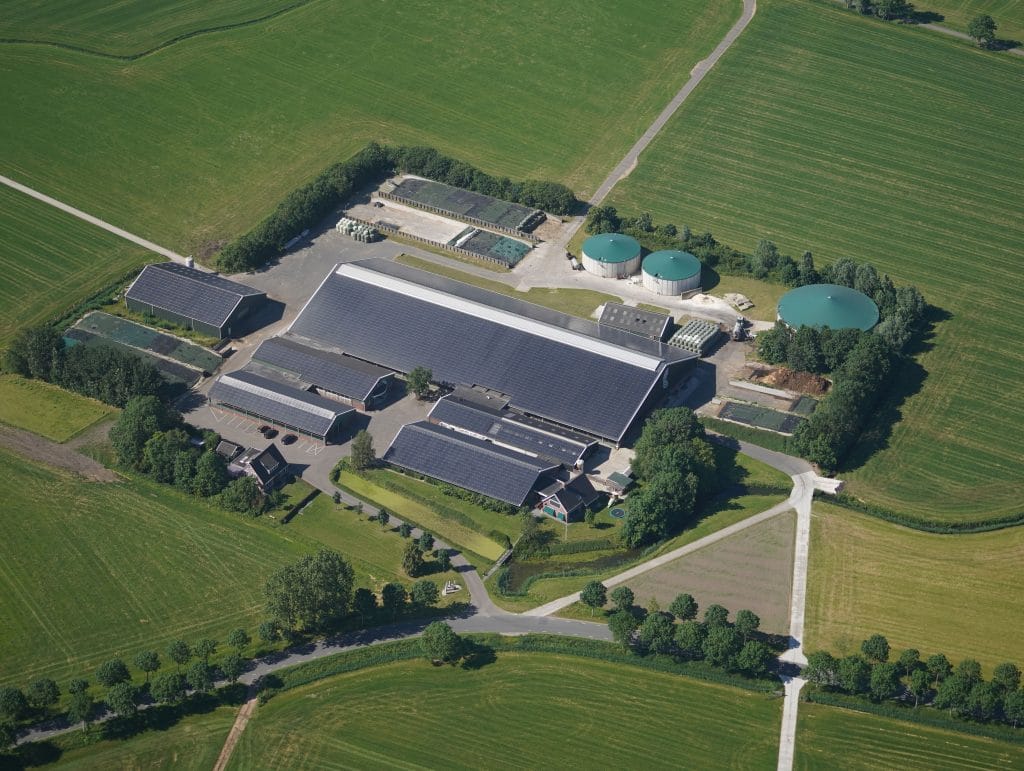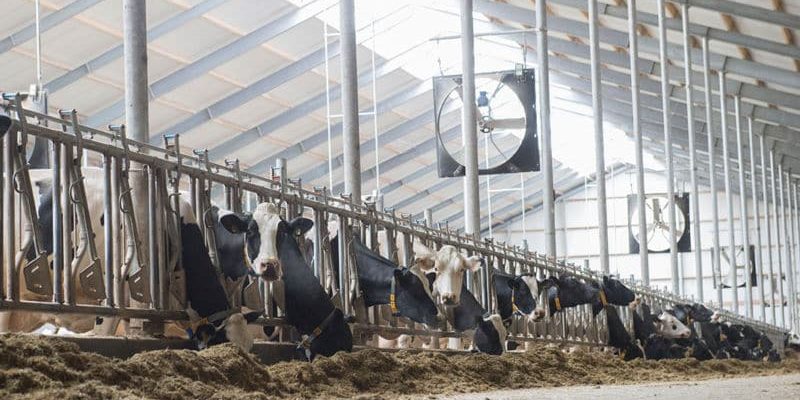Dairy farm Koepon in North Groningen is not your average company. The modern company with over 400 dairy cows achieves above-average results through an optimal combination of genetics, hygiene, cow comfort and nutrition. Despite this, the company faced a problem with the youngest calves. It turned out to be a variant of the salmonella bacteria. The solution was partly found in the addition of humic acids to the feed. “We were positively surprised that such a small addition could solve the problem,” says manager Marcel Rijkers.

Marcel Rijkers – Koepon company director
© Koepon 2019

Dairy cattle by Koepon
© Koepon 2019
The effects and control of salmonella
“The youngest calves were getting sickly, were short of breath and coughing. We also had a slightly higher mortality rate among the calves, while the mortality percentage is normally very low, 3 to 4 percent. Fortunately only a few calves died, but the other calves were also not fit. That’s unusual for our company. The vet was unable to indicate a main reason and the regular antibiotic treatment was not successful. We had blood tests performed and it turned out to be salmonella. Not the regular salmonella bacteria, but a variant.”
What did you do then?
“The advice was to add clay minerals, among other things. But we already supplement that to bind toxins from the roughage. We supply these minerals on the advice of Sipke Scheepsma of Micro Nutritions. He knew that humic acids can help with salmonella problems. The humic acids increase the resistance through better digestion and intestinal health, allowing the problem to solve itself. We immediately started using PrimeHumic humic acids in our calves, and also our dairy cattle. We did not see any problems in our dairy cattle, but the salmonella contamination was detected in their blood. Fortunately, we detected it on time. In the dairy cattle we mix PrimeHumic as a powder through the premix of the TMR rations, and for the calves we mix the liquid product through the milk. The first few weeks we gave a double dose, after that we went back to the standard dose, 20 cc per calf per day. At the same time, we further tightened the hygiene protocol.”
And what was the effect?
“After about a week, the calves were already demonstrably better. The calves became stronger, more active, had better digestion and therefore better manure. We also saw an effect in our dairy cattle; feed efficiency improved, the intestinal flora became healthier, the manure a little nicer. We also achieved slightly higher contents: The fat percentage increased by 0.1% and the protein percentage by 0.05%. Normally we mainly had a lot of liters, 35 to 38 liters per cow per day, and somewhat lower percentages. Now we have better contents: 4.3% fat and 3.5% protein.”
The salmonella problem has now been resolved. Will you continue to feed PrimeHumic?
“Yes, we see sufficient positive effects. I don’t know exactly how much profit it will generate, but I am almost certain that we will easily recoup the extra costs. The product is reasonably priced. There are many products out there that are more expensive and have less effect.”

Koepon, Feerwerd
© Koepon 2019

© Koepon 2019
Could PrimeHumic be interesting for other farmers as well?
“Yes, certainly, because salmonella occurs at many companies, but the majority does little about it. Because we have a large herd and more expensive livestock, we are quick to spend large sums when problems arise. We have breeding bulls that are worth 10,000 euros or more. It’s just a waste to lose one of them. We probably take action faster than other livestock farmers, because we are dealing with larger amounts of money. We’ll be right on top of it, while other farmers might let the problem simmer down. But the product also pays for itself quickly for smaller farmers.”
What other effects can farmers expect when using PrimeHumic for their livestock?
“If you start feeding humic acids, the cell count may temporarily increase slightly because it is a detox for the cows. We have not seen this in our livestock, but it is a possibility. It is also good to realize that PrimeHumic is not a cure-all. Of course you also need to have the rest of your business in order. When a problem arises, there are always several measures you can take. One of them is PrimeHumic. But we were positively surprised that such a small addition could help solve the problem.”


